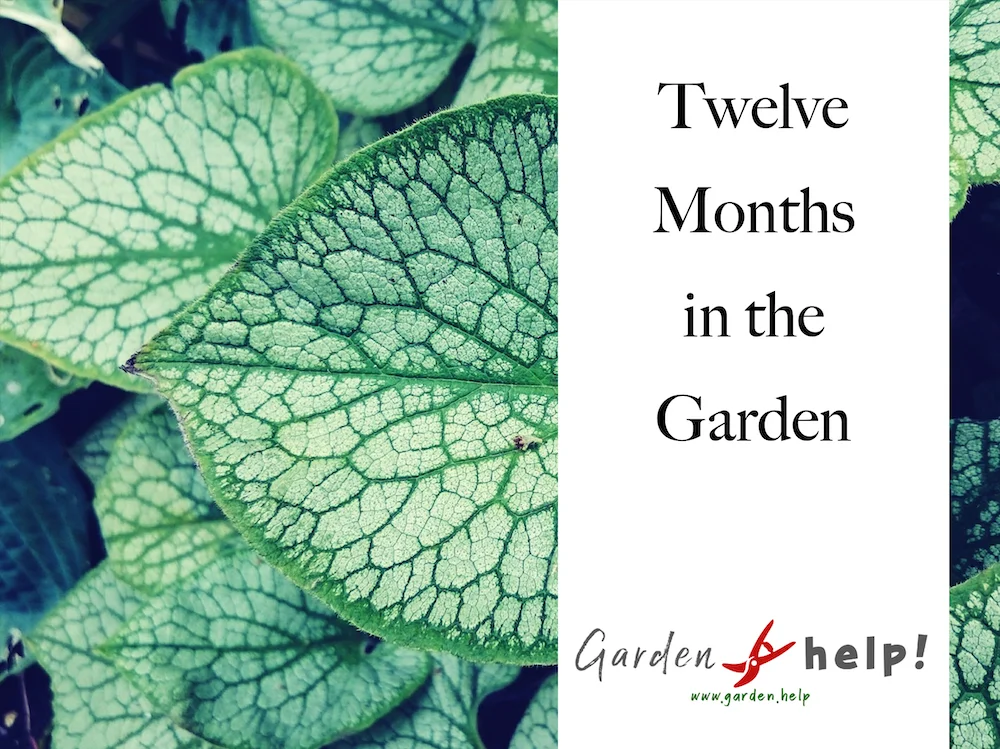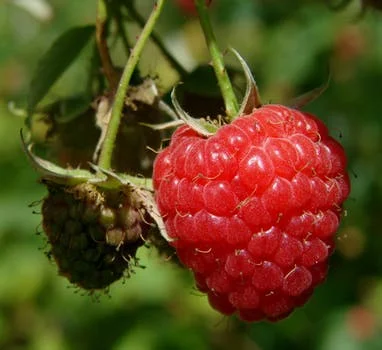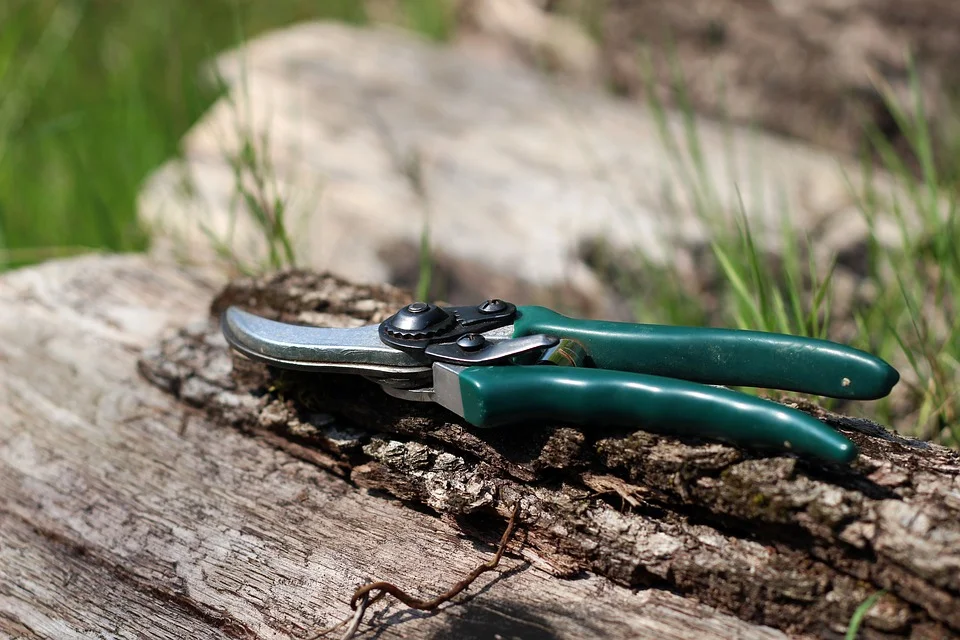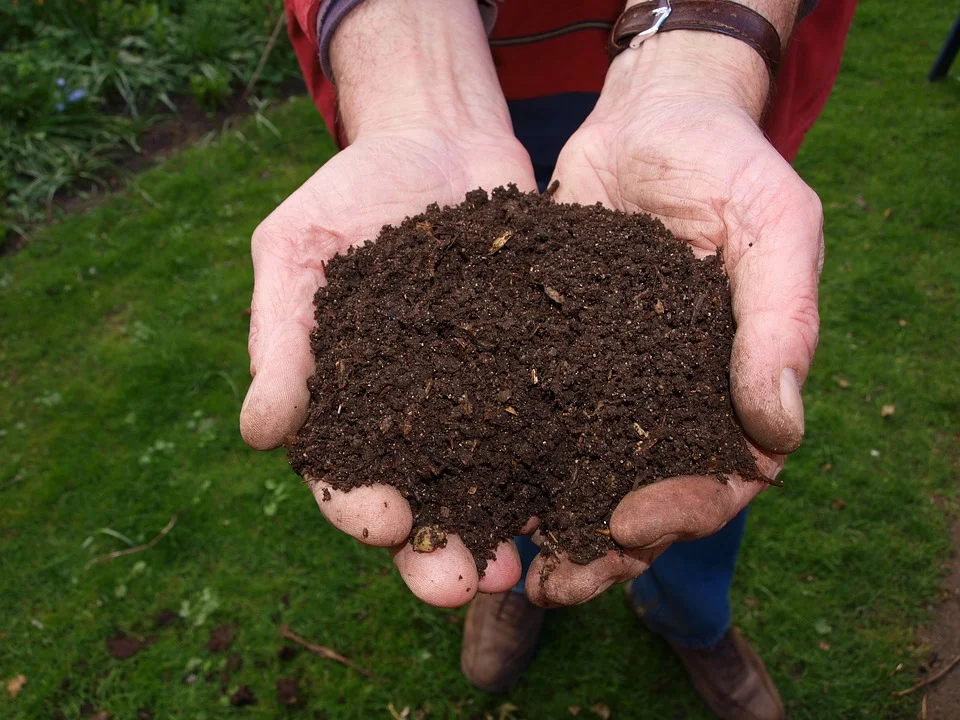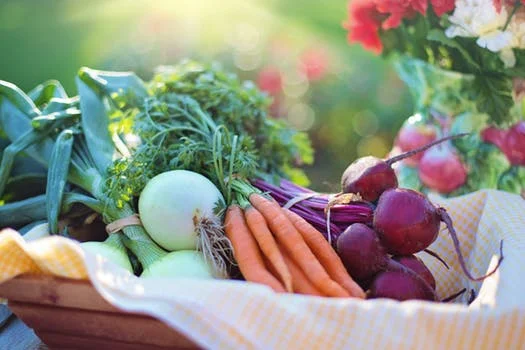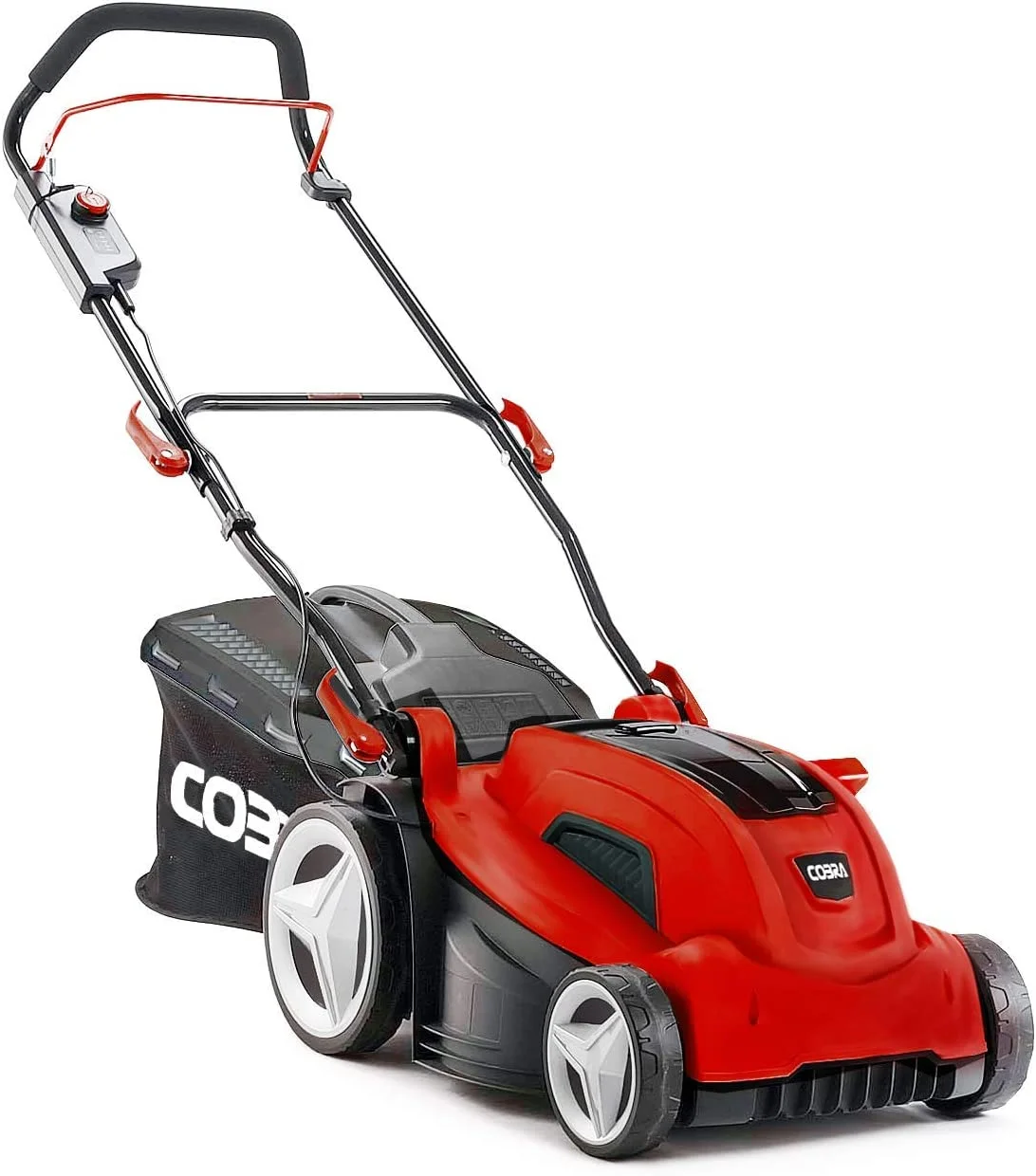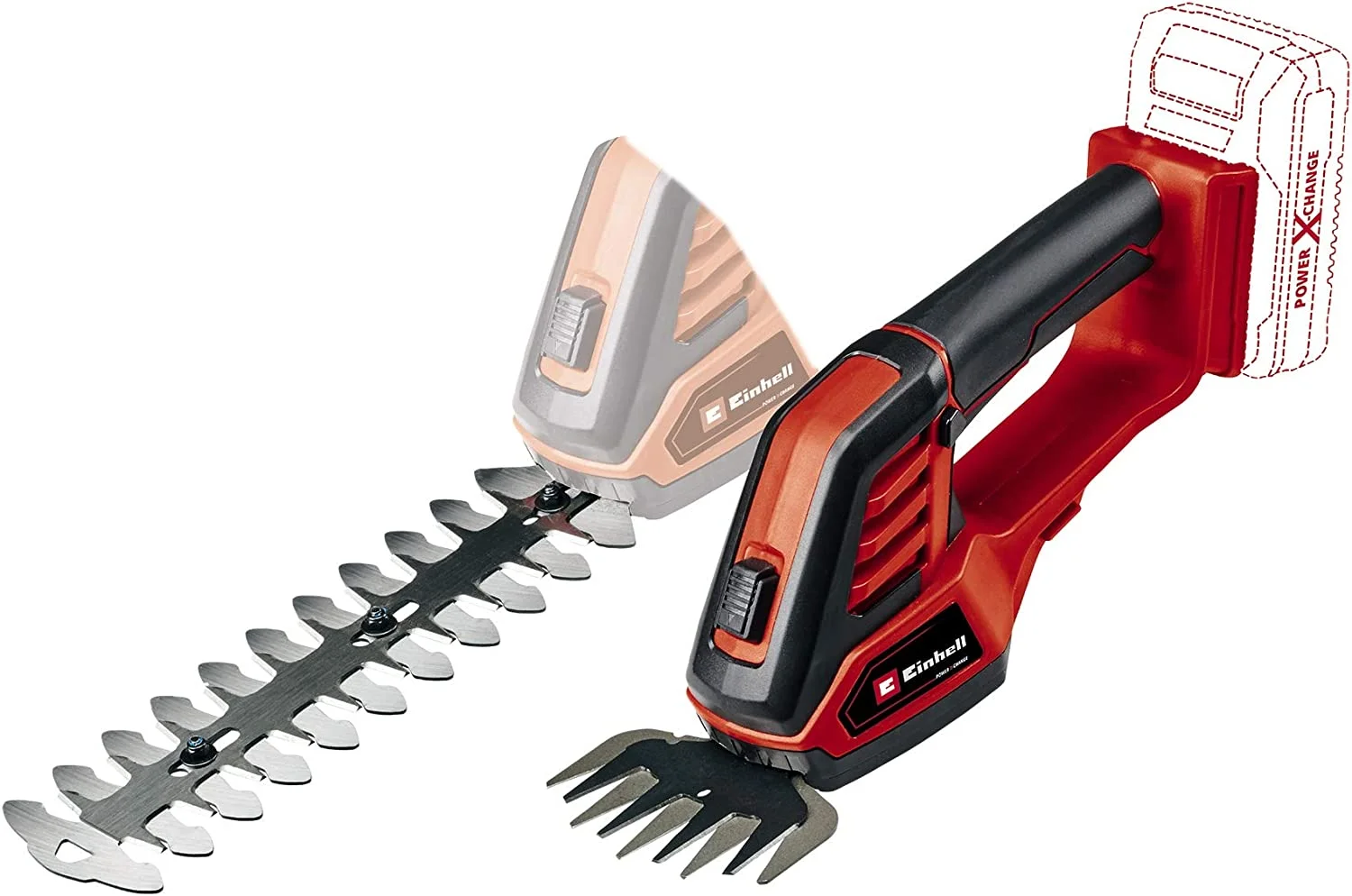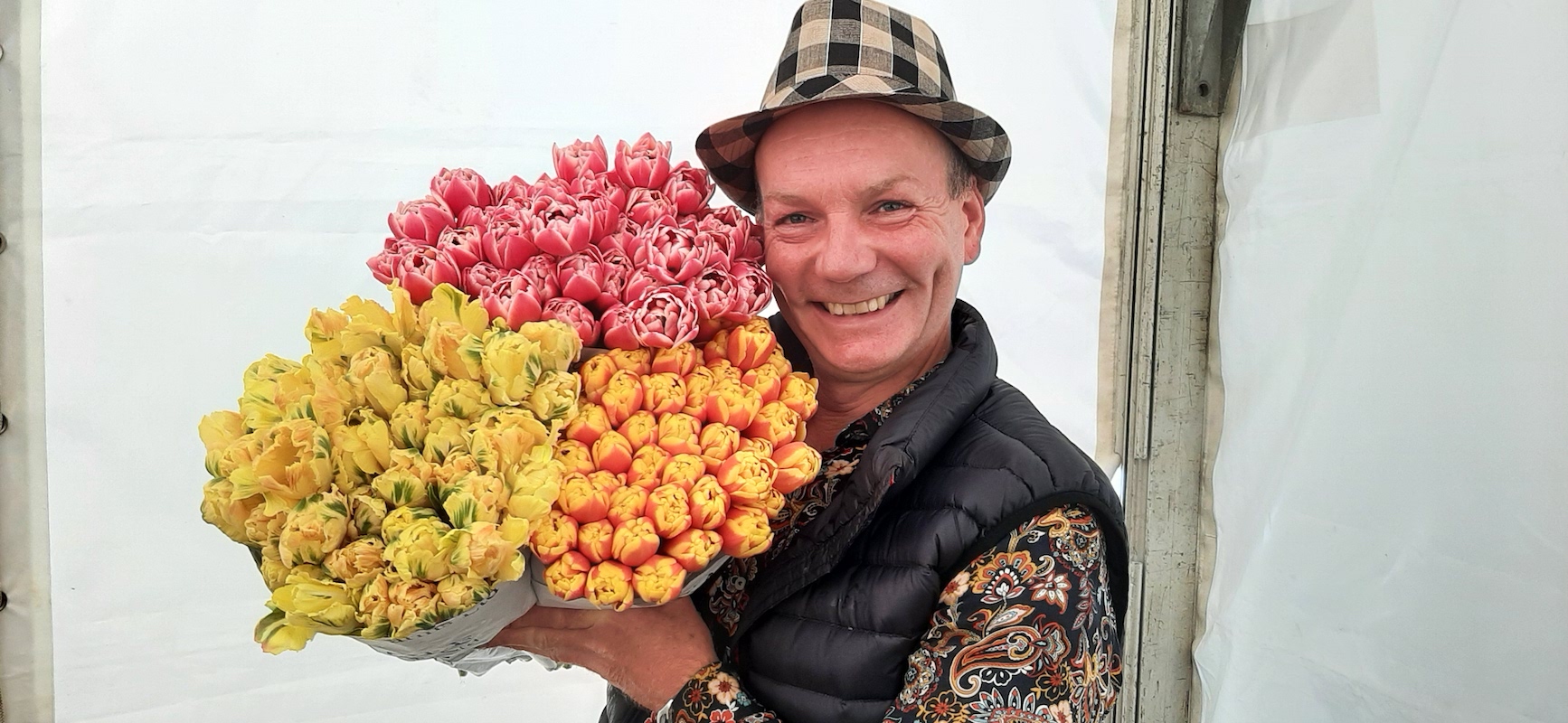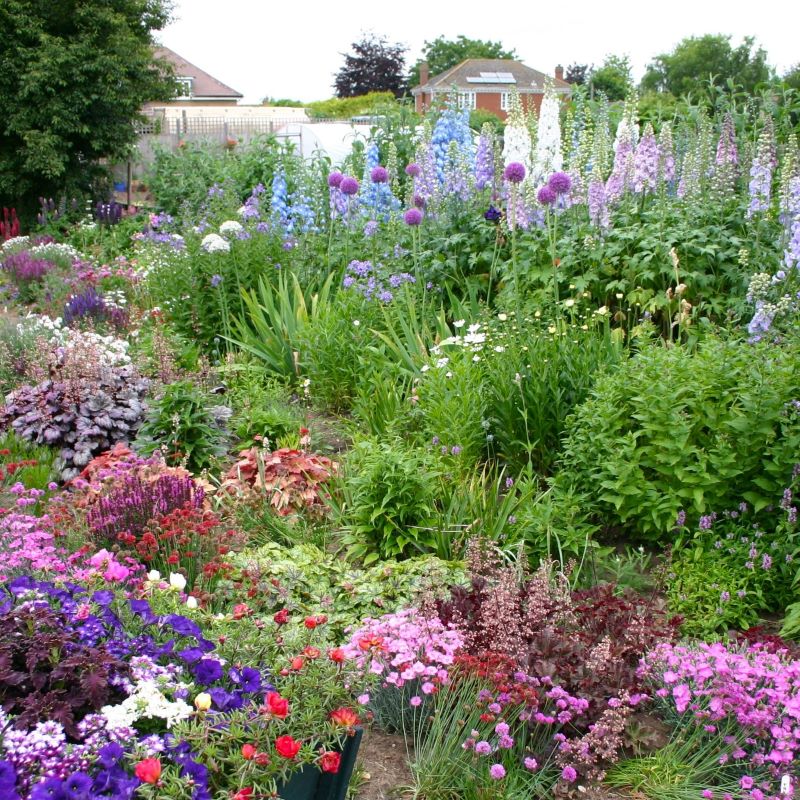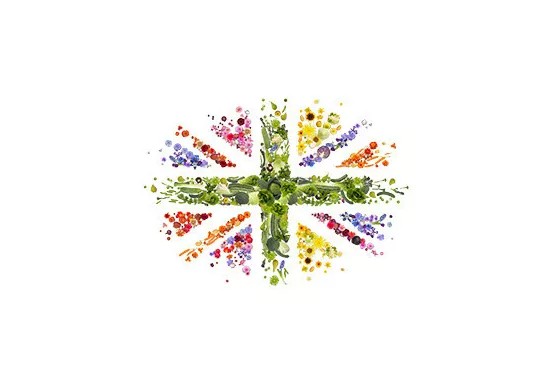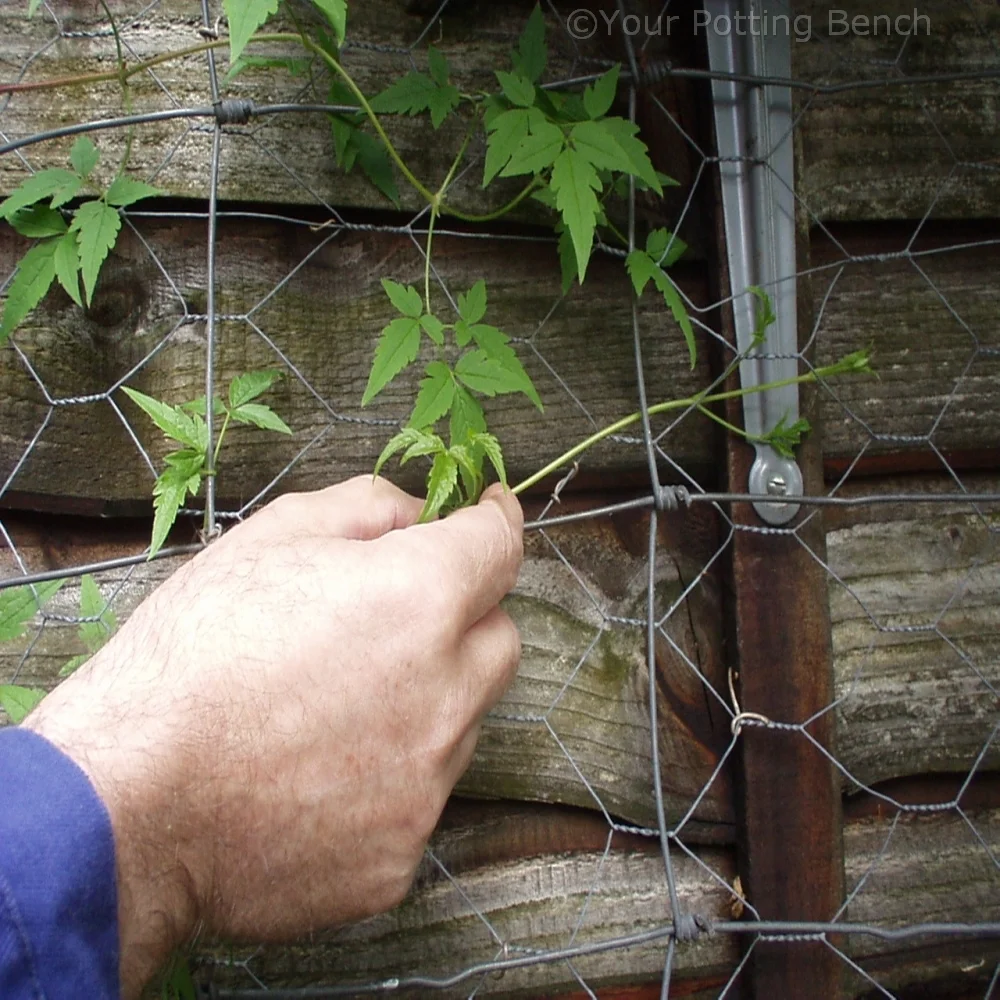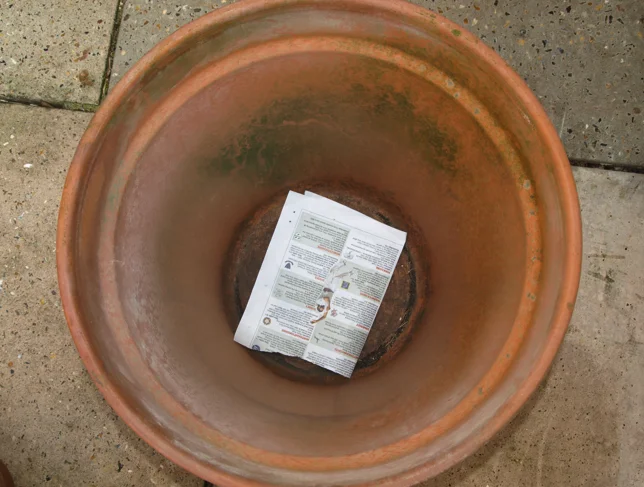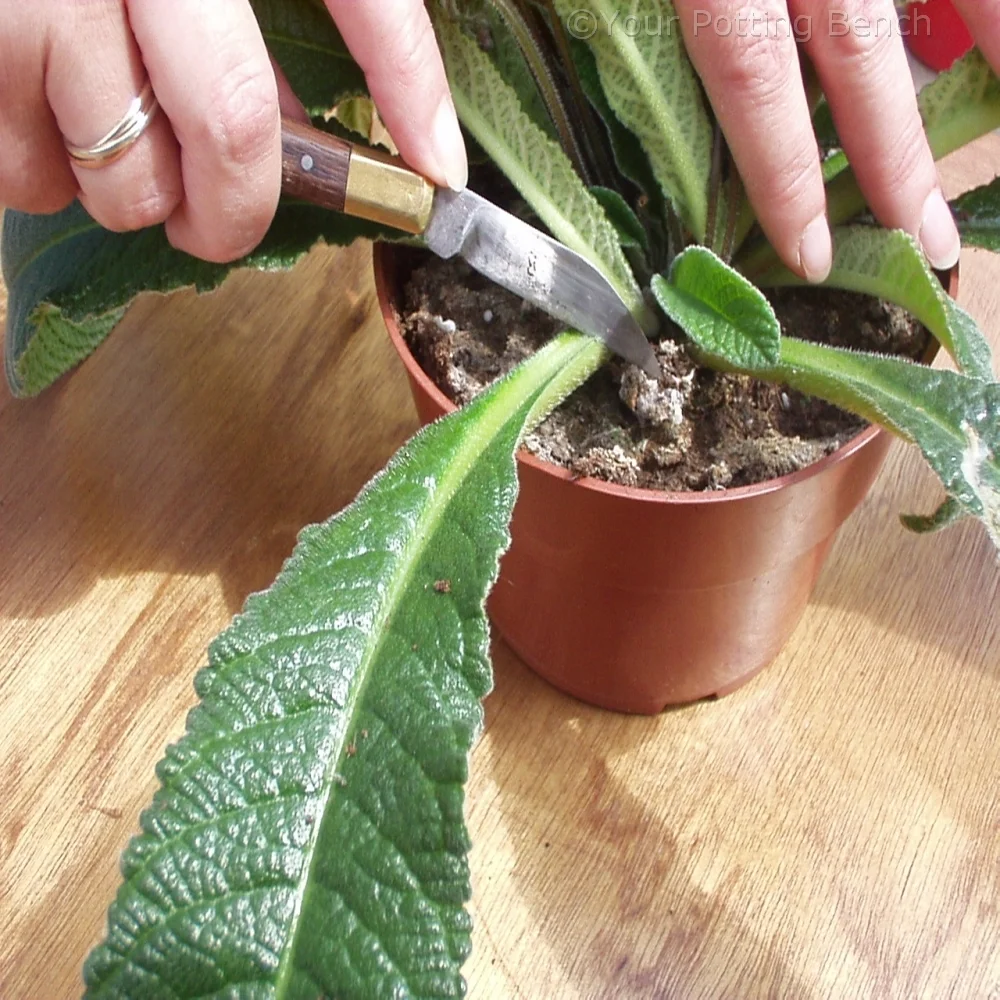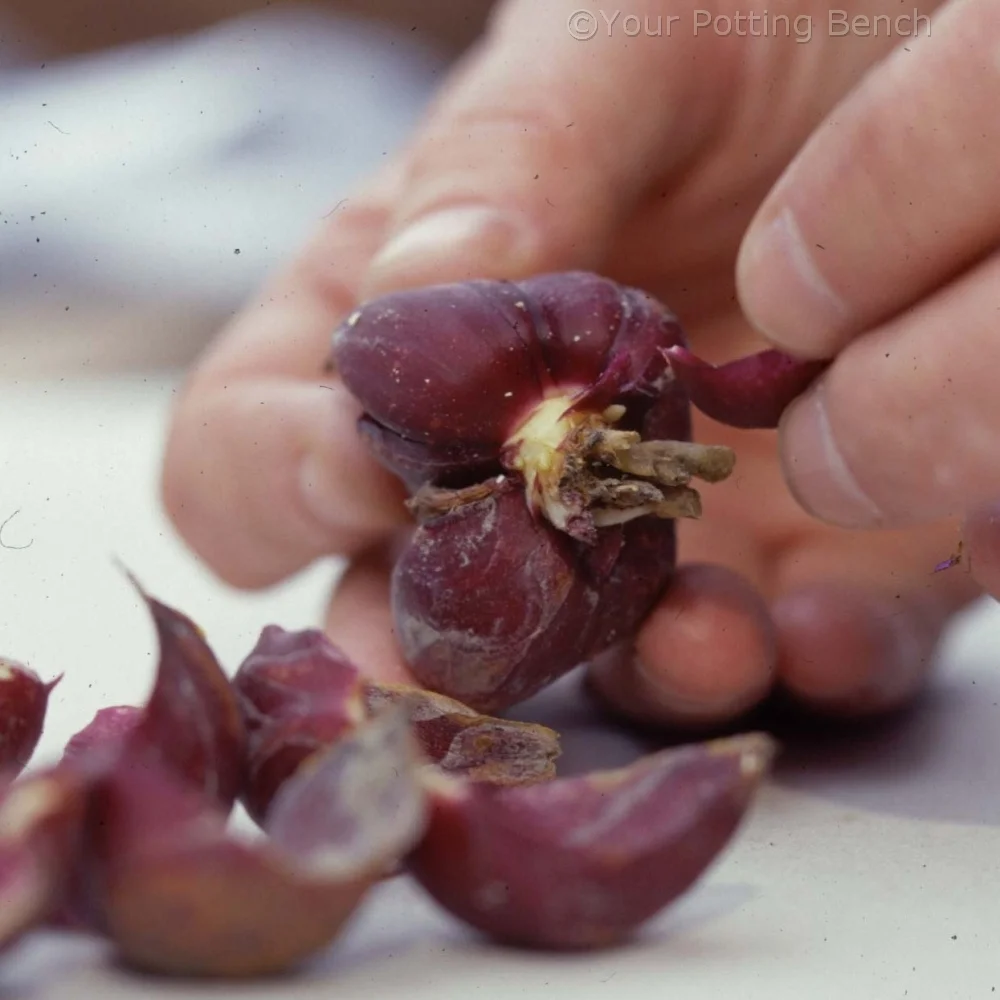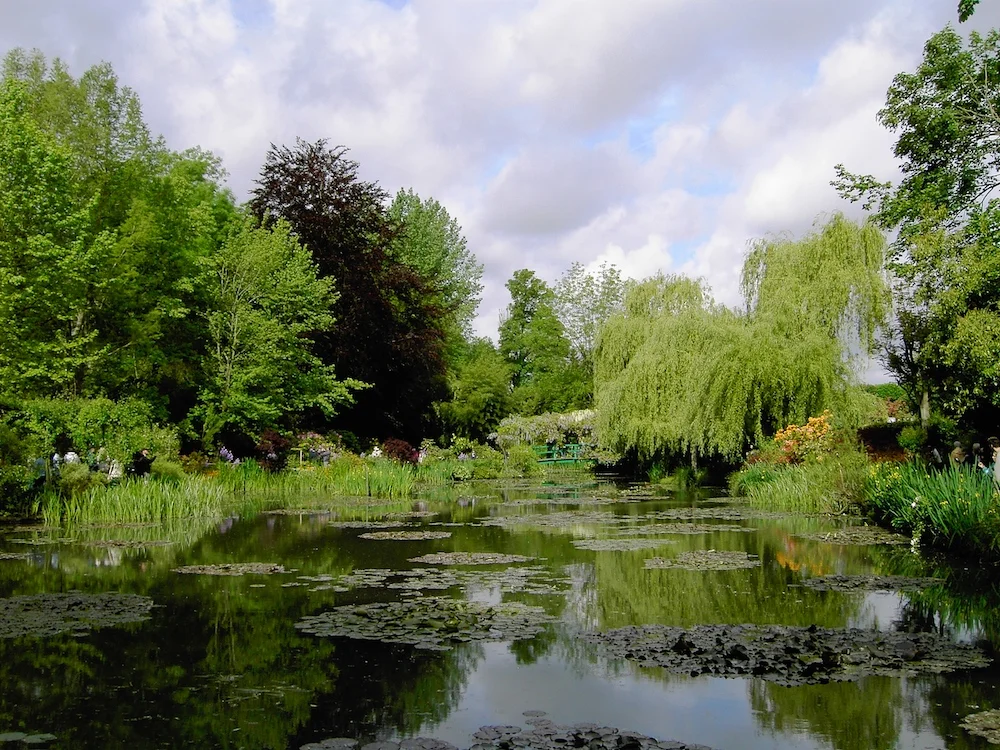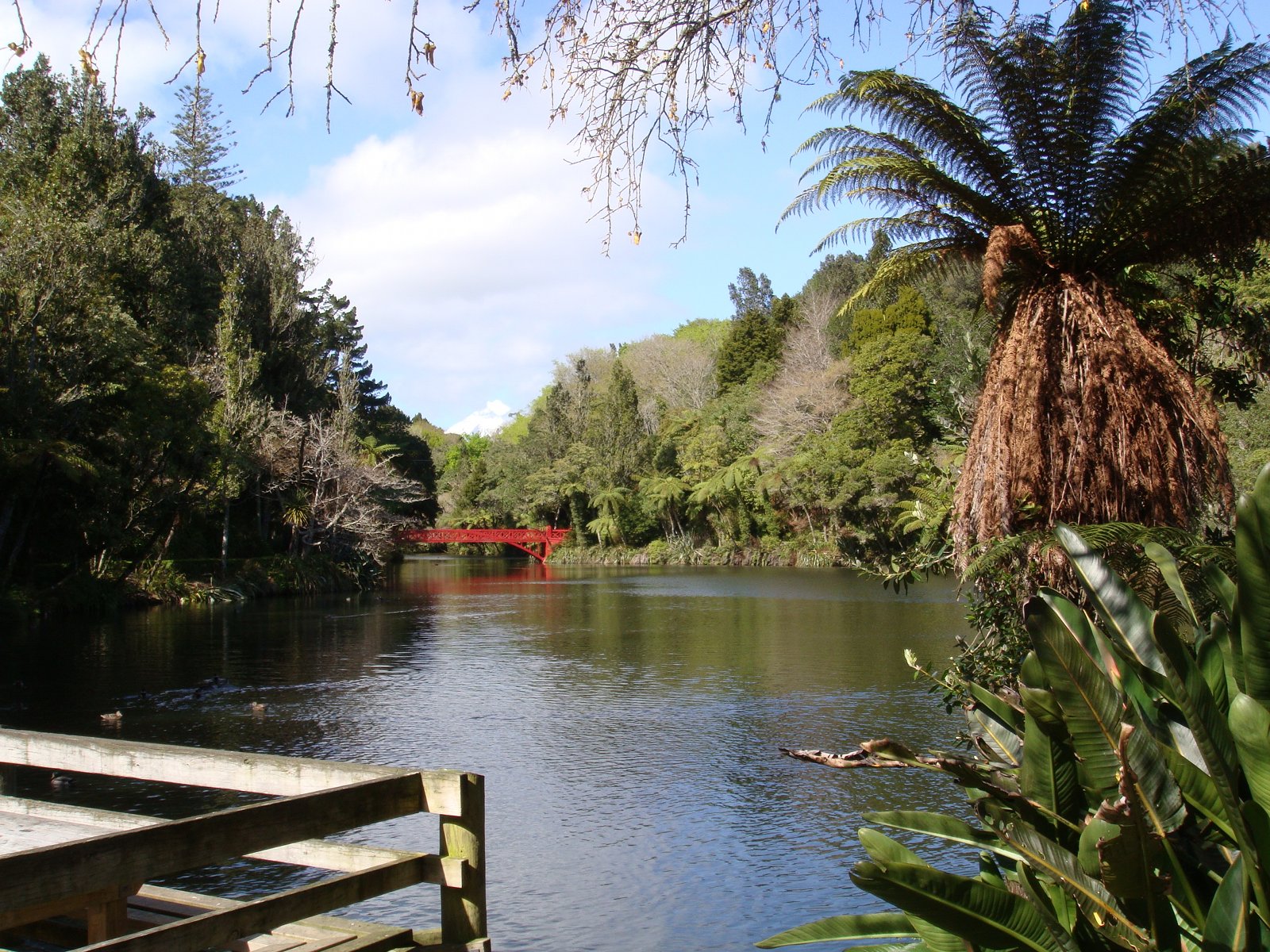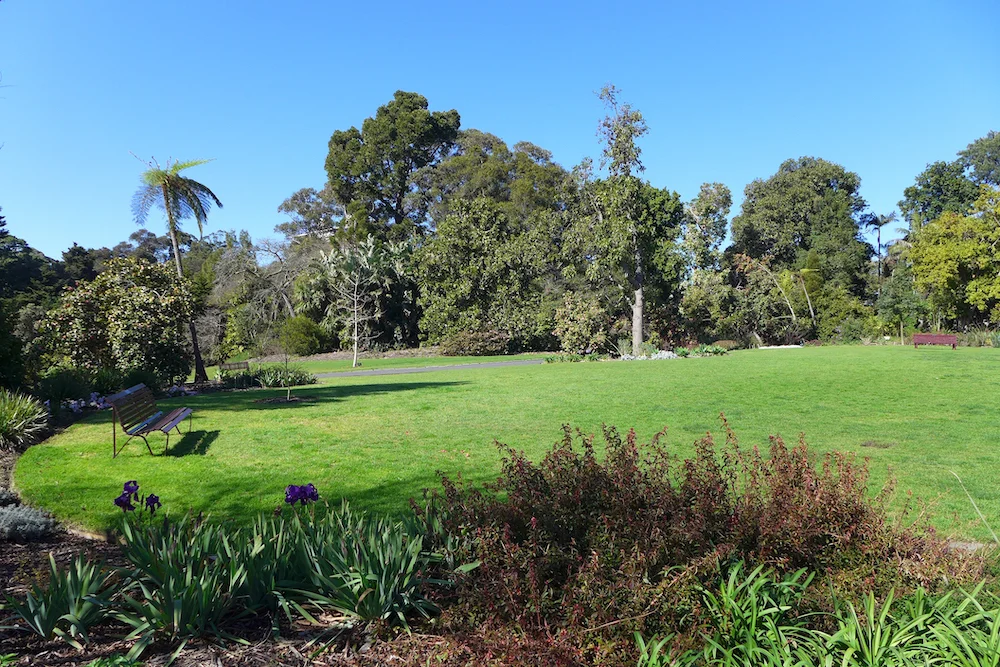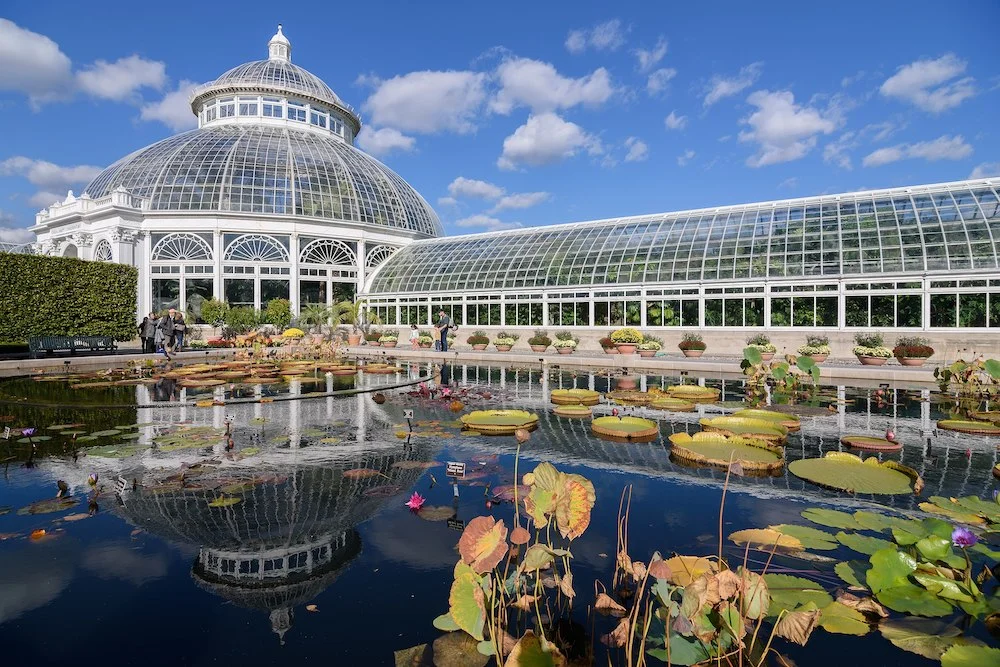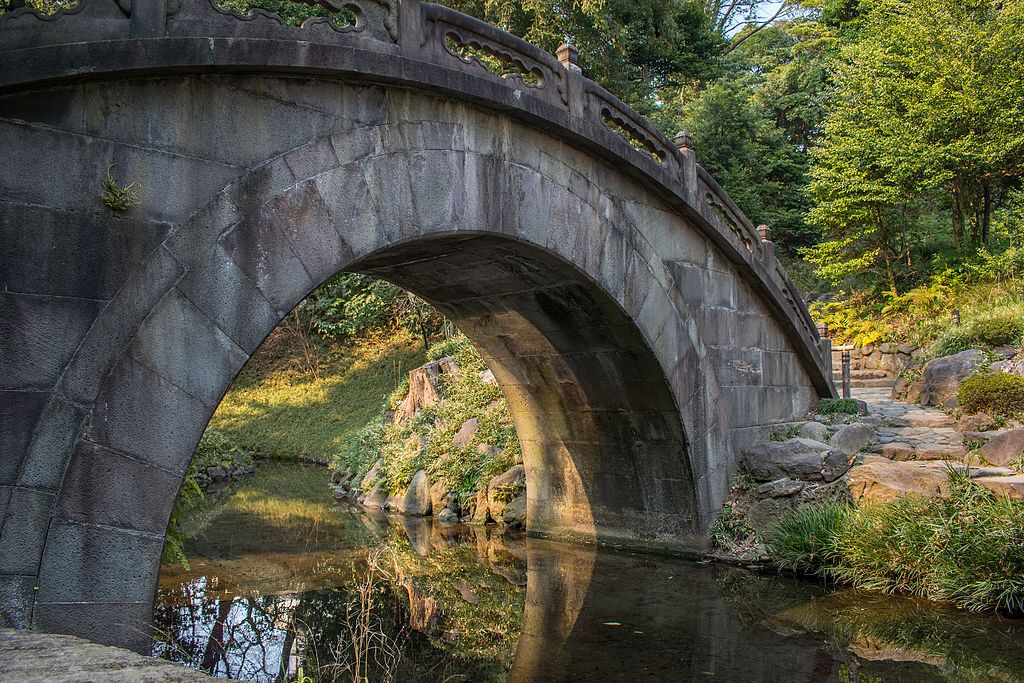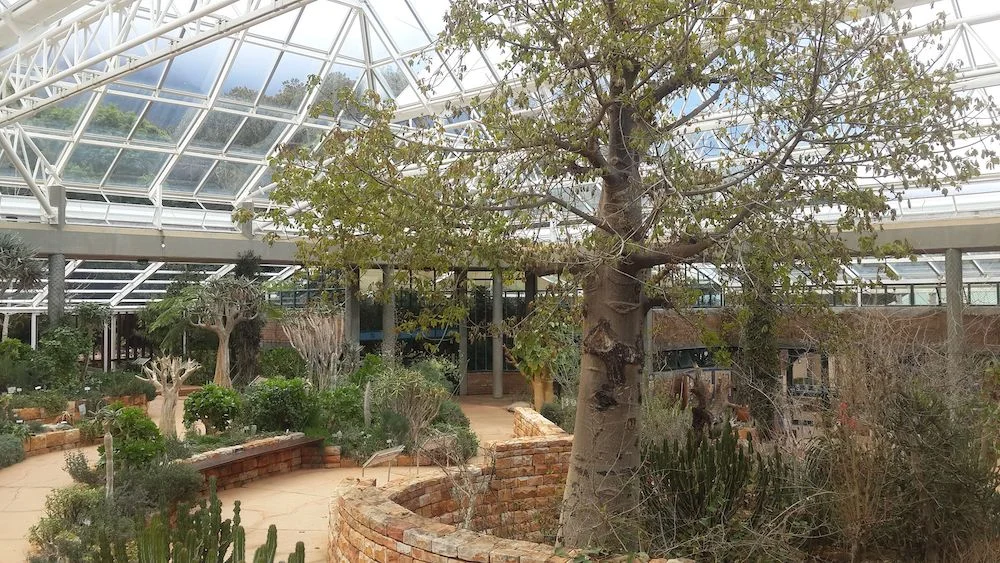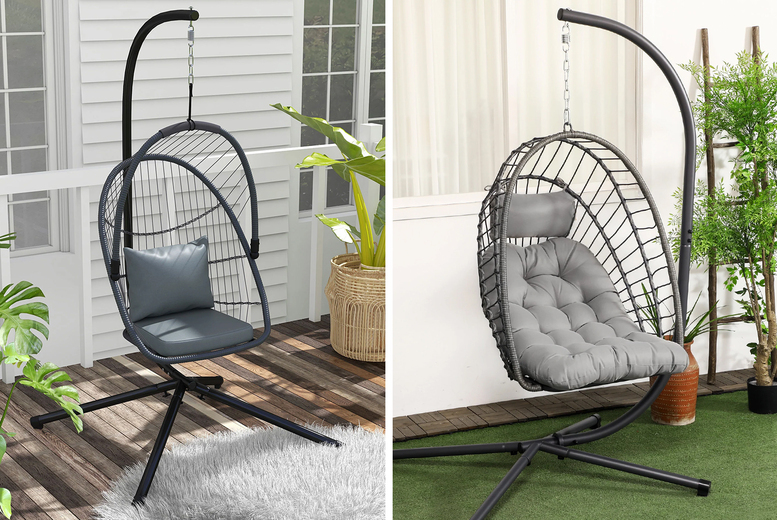Spring is the most exciting season, as we anticipate the garden bursting back into life - buds burst open, bulbs bloom and colour once again returns into our life. As a floral designer, I am always thrilled to work with whatever flowers are in season. They are at their optimum and encapsulate the essence of that point in time. Commercial, British-grown bulb flowers, like tulips, iris and hyacinths, are readily available throughout the grey month of January and extend throughout the Spring season. Soon they are joined by Narcissi, Muscari, Ranunculus and Anemone. These blooms are always inexpensive and provide a riot of colour and fragrance to dress our homes throughout the early part of the year.

Whether you are arranging the first delicate snowdrops gathered from your garden or a bunch of fragrant ‘Soleil d’Or' narcissus then I hope my tips and ideas may be useful in helping you to create some dynamic yet quick and easy flower displays that will remain fresh and vibrant within the home.

When to pick
When gathering any flowers from the garden, always avoid picking when it has been frosty, rainy or there has been a heavy dew. I always take a bucket with me and pop the stems into a few centimetres of water to avoid an air lock forming within the stems.
Bought flowers
If you purchase flowers, always re-cut a couple of centimetres from the base of the stems, remove any plastic or cellophane wrapping and place the re-cut stems in around 7 - 8 cm of water. I always use flower food in the water.
Hydration
Give your flowers time to drink and hydrate before arranging them indoors, ideally 7 - 8 hours somewhere cool and dark is preferable before subjecting them to warm indoor temperatures.
Old tales
Traditionally, daffodils (Narcissus sp.) were advised not to be rearranged with other flowers, due to the toxic sap which they exude from the base of the stem. I have discovered that if you re-cut their stems and place them in a container for a few hours before arranging with other Spring flowers that the excess sap escapes and if you then try not to re-cut them when arranging, then there is no detrimental impact upon the other flowers.

Hyacinths are wonderful flowers for fragrance and longevity. Always try to leave the swollen bulbous base attached to the stem, as this is a food/energy source for the flower. As the blooms fully open, they often become top-heavy and you can support the stems by carefully inserting a wooden skewer or thick support wire internally inside the hollow stem.
Iris may sometimes be harvested too early and, if they have been refrigerated, may never open. I advise only buying these elegant blooms when you can see some of the true colour of the flower in between the green bud.
Ranunculus are often subject to Botrytis (fungal) attacks on the stems. You are best to immediately remove them from all packaging and strip away all of the foliage.
Daffodils are often sold dry (not in water). This is fine for a few days, but be vigilant when buying. Look for bunches where the stems are green, straight and fleshy as opposed to curled, grey/green and dry to the touch, otherwise they are old and may not open into bloom.

Choosing containers
Create displays of Spring flowers in vintage jugs, earthenware pottery, mini glass vases or ceramic pottery rings. For larger arrangements I tend to use chicken wire to support the stems. Branches and twigs of pussy willow, hazel catkins, Forsythia, Ribes and Cornus all look sensational with early Spring flowers.

Fantastic foliage
My favourite foliages to use at the beginning of the year are tree ivy, with its plump berries, Skimmia, Rhododendron, golden Choisya and the ever-popular Eucalyptus. Two shrubs that I grow in order to mix with early Spring flower displays are the intoxicatingly super- scented winter honeysuckle (Lonicera fragrantissima) and the shiny green lily-of-the-valley scented Sarcococca. If you do not have these in your garden, then you really should consider growing them!
When arranging foliage, again cut it from the garden and allow it to have a drink overnight somewhere cold and dark first. For woody stems, I scrape away some of the tough outer bark and then diagonally cut up into the base of the stem in order to split it open, therefore enabling it to hydrate more efficiently.

There are many formal rules and guidelines about how one should create flower arrangements. My ethos is to let your eye be your guide and arrange the flowers how you feel they look best. After all, we, like the flowers, are all different and we all have our own personal style and taste. I am a great believer in trying not to over complicate this delightful art form.
Just enjoy being creative and the flowers will do the rest!
This story was published on: 01/02/2024
Image attribution: Jonathan Moseley
Links to external, or third party websites, are provided solely for visitors' convenience. Links taken to other sites are done so at your own risk and Garden Help accepts no liability for any linked sites or their content. When you access an external website, keep in mind that Garden Help has no control over its content. Any link from us to an external website does not imply or mean that Garden Help endorses or accepts any responsibility for the content or the use of such website. Garden Help does not give any representation regarding the quality, safety, suitability, or reliability of any external websites or any of the content or materials contained in them. It is important for users to take necessary precautions, especially to ensure appropriate safety from viruses, worms, Trojan horses and other potentially destructive items. When visiting external websites, users should review those websites' privacy policies and other terms of use to learn more about, what, why and how they collect and use any personally identifiable information. Hyperlinks and hypertext links are provided on our website to promote easy access to the variety of information and services provided. We accept no liability arising out of the use of such links, including: misuse or misunderstanding of these hyperlinks and hypertext links and web site navigational methods third party interpretation of data or information which is distributed around the web site and reached using hypertext and hyperlinks third party understanding of or use of the navigational structure of the site or the interpretation of distributed information on the site We may revise
this disclaimer at any time, without prior notice, by updating this web page.
We work hard to make sure that every image is used properly and according to the creator's wishes. If you feel that there is a attribution or copyright issue, please
Click Here
IMMEDIATELY
